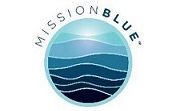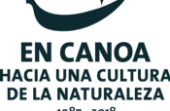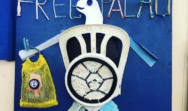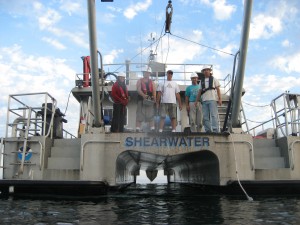Channel Islands Return: Documenting Effectiveness of California’s First Marine Protected Areas
Filmmakers from Coyote Films and The Baum Foundation board NOAA’s Shearwater research vessel today in Santa Barbara to join the Marine Applied Research and Exploration (MARE) team and a crew of researchers for the second leg of a three week expedition. The crew has spent the last ten days preparing for the 50 mile journey at sea to San Miguel Island and back to Anacapa. The three week “fish count” survey of the Channel Islands is lead by MARE with a focus on Marine Protected Areas (MPAs) and fishing sites as they work to understand how marine ecosystems react when areas are protected from human take.
In response to a rapidly declining fish economy, California began establishing marine protected areas (MPA’s) in 2002 through the Marine Life Protection Act (MLPA) initiative. With 124 marine protected areas, California has the first statewide network of MPA’s in the United States and the second largest network in the world. The Channel Island MPAs are a network of eleven no-take marine reserves and two marine conservation areas encompassing the longest span of protection in California and providing the state’s largest collection of deepwater data.
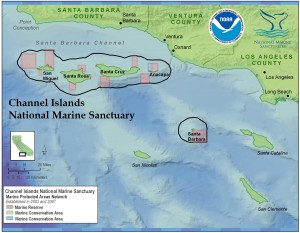
The Channel Island MPA’s are a network of eleven no take marine reserves and two marine conservation areas with the longest span of protection in California as well as the state’s largest amount of deepwater data collection. Map: NOAA, 2009
The “fish count” expedition will collect deepwater data using submersible remotely operated vehicles (ROVs) to compare against extensive baseline data from 2003-2009 and evaluate the outcomes of long term MPA protection. The Channel Islands support critical fisheries in these still mysterious deepwater ecosystems. The 2009 expedition found enormous clouds of “young of the year” rockfish and this year they will work to identify these species. MARE will also deploy and test innovative cost effective deepwater survey tools against currently used technologies.
Coyote Films and The Baum Foundation join MARE and the NOAA crew to document this exciting expedition. Using film and data results from the surveys, MARE is partnering with Moss Landing Marine Laboratories, U.C. Santa Barbara Outreach Center for Teaching Ocean Science (OCTOS) and The Baum Foundation to help inform policy makers and engage the public, students and ocean educators in the latest ocean discoveries from the Channel Islands. Check back in the coming weeks for updates and news from the field.
vvlx,
hentai,
xporn,
xnxx,
sex việt,
Family Practice Doctors Near Me,
Ratify Treaties,
Best Hookup Apps,
Brunch On A Wednesday,
Comfortzone,
Plaza Premium Lounge Orlando Reviews,
Catering 77002,
Cauliflower And Coconut Curry,
Usa Rail Pass,
Active Duty Service Member,
Patch American Flag,
Farfetch Coupon Code,
Connect Google Mini,
Nike Mens High Top,
Bronny James Usc Basketball,
Anal Sex Prep,
Aesports,
Check Balance On Debit Card,
Add People Trustpilot,
Skype Ids,
← Racing Extinction – Featured at Aspen Ideas Festival 2015
Stewards of the Wild Sea to Screen at G2 Green Earth Film Festival →
